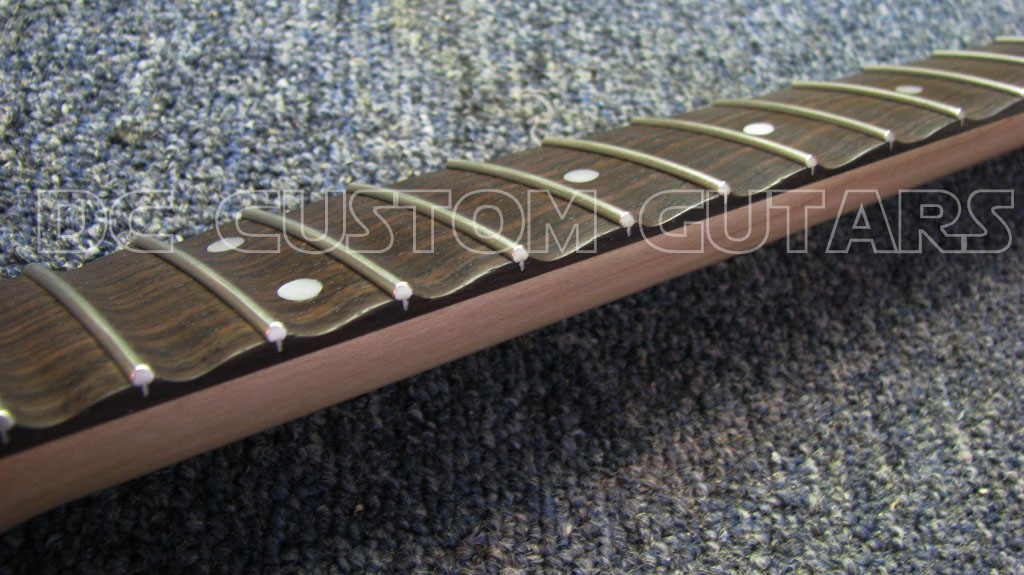nightlight
Well-Known Member
- Joined
- Aug 29, 2019
- Messages
- 997
- Reaction score
- 833
With regard to Yngwie covers, I'd think the reason for using a Malmsteen strat is just for service to the cover. Perfectionism, in other words.
Lots of guys own Suhrs or whatever but will bust out the EBMM JP or Ibanez JPM for their Dream Theater videos. Part of it could be the tone search or to give the video the right 'look', although in either case I think these are facets of a common (and increasing) professionalism that Youtube guitar covers have aspired to over the years.
Here's an Yngwie cover I saw back in 2006. It was one of the first guitar covers I remember seeing on Youtube that was even remotely professional. It stood out at the time not only because Oziel Zinho was more skilled than most amateur guitarists uploading videos, but because this one was better quality than the out-of-sync webcam footage you'd normally see. Zinho used the proper gear, too, and seems to have recorded directly to the computer through an interface. All standard stuff now, but back then this was a rarity with those awful webcam-mic videos.
Maybe not the cleanest cover by today's standards, but more than enough to make an impression in 2006.
Awesome video.
I think it's cool how Malmsteen is back to being respected after a long period when everyone seemed to pounce upon him as a has been regurgitating the same solos over an over.
Being the archetype neoclassical shredder is a pretty cool bag.
I used to have an ESP FR-27 guitar. It was scalloped from the 12th to the 27th fret. Quite a cool axe, wish I still had it but traded it away to fund something else. The scallops really make for easy fretting and bending of notes.
Given that Yngwie already plays with a light touch, he probably finds it easy to play even lighter than that with the scalloped board. Since speed is his thing, seems like a good deal.


